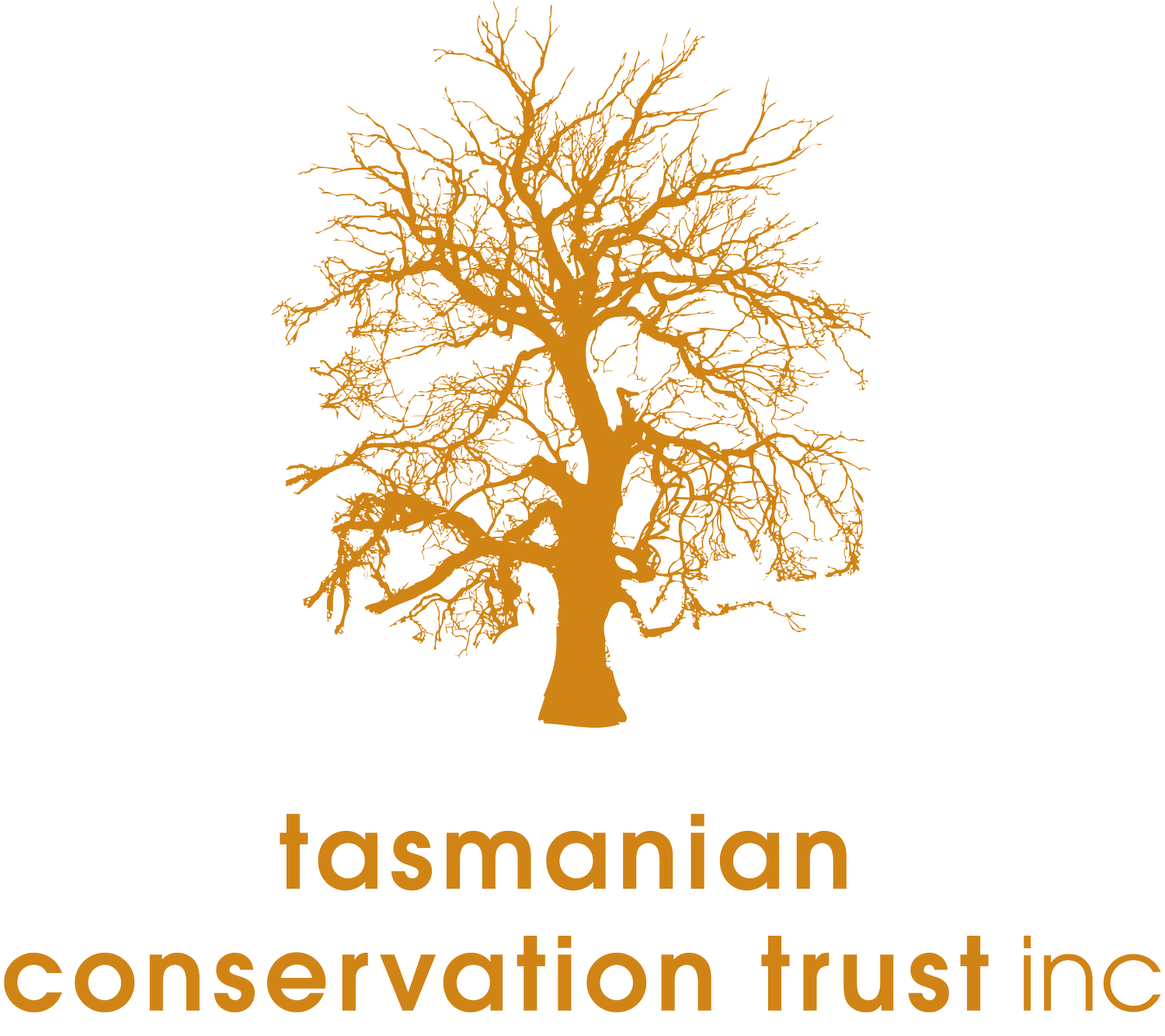Throughout Tasmania our reserves seem to be under attack. A nickel mine is threatening the Dans Hill Conservation Area (as featured in the last Tasmanian Conservationist,No. 319, page 1), recreational vehicles are running amok in the Arthur-Pieman Conservation Area during the March 2010 state election the Labor Party committed $12 million for development of the disastrous Three Capes Track in the Tasman National Park.
Tasmanian Devil update June 2010
Freezer Boat Proposal a Threat to Fish Stocks and Australia’s Marine Ecosystem
There are indications that elements of the commercial fishing industry are working together to bring a big freezer boat to fish stocks of small pelagic fishes off Australia's southern coastline. This is bad news for marine ecosystems in this part of the world, as well as recreational fishers and other sectors concerned about Australia’s marine ecosystem.
Tasmanian Rock Lobster Fishery Review Discussion Paper
The rock lobster fishery is currently in crisis. Despite having an excellent management framework and relatively well-resourced research and management support, major problems have been ignored for too long. Excessive commercial inshore fishing pressure, localised overfishing, habitat change associated with knife-edge fishing (what is this) and consequent expanding urchin populations are all issues that have been recognised for years, but have not yet been addressed by any meaningful changes to management. Since 2006, poor recruitment has added to these already serious problems. Habitat change due to the rock lobster fishing and overfishing are now major concerns, particularly in the east and southeast regions, that can no longer be ignored.
Goose Island African boxthorn
In the 1840s when the Goose Island lighthouse was being constructed, the consignment of stores included wood and coal for fires. As the island did not then apparently support trees. Goose Island is a windy exposed island and it is understood that the building of numerous stone walls and the planting of boxthorn by the lightkeepers, to create windbreaks for livestock, gardens and people, occurred early in the history of settlement.
2010 state election and 2010–11 State Budget
During the 2010 state election the TCT and Tasmanian Land Conservancy secured the commitment of all three political parties to establish a Private Land Conservation Fund. The Labor Party could only give in-principle support and, not surprisingly, the fund received no funding in the State Budget. Since the election we have commenced discussions with the State Government to establish the institution to run the fund, with a view to seeking funding from next year’s budget.
Dans Hill nickel mine proposal update
The Minister for Environment Protection, Heritage and the Arts, Peter Garrett, has replied to the TCT’s letter regarding the Dans Hill nickel mine proposal (feature article in the of the Tasmanian Conservationist #319) and has promised to investigate the circumstances and conditions under which Australian Government funds were used for the purchase of private land for inclusion in the Dans Hill Conservation Area.
Arthur-Pieman Conservation Area and Recreational Vehicles
The TCT has called on the Australian Government to intervene to stop recreational vehicle users threatening the immense natural and cultural values of the Arthur-Pieman Conservation Area (APCA). Since the emergency listing of the Tarkine area as a National Heritage Place under the Environment Protection and Biodiversity Conservation (EPBC) Act in December 2009, which includes the APCA south of the Arthur River (the vast majority of the reserve), we assert that the thousands of recreational vehicle users accessing the area are damaging matters of national environment significance and are therefore in contravention of the EPBC Act. Without assessment and approval under the Act each and every recreational vehicle user is committing an offence.
1080 poison - June 2010
The Alternatives to 1080 Program has now ceased and, without a decision by the Australian and State governments to provide additional funding, the Department of Primary Industries, Parks, Water and the Environment (DPIPWE) will only be able to maintain a low-level program. Landowners are reporting high losses from browsing animals but the State and Australian governments have basically left them to deal with this issue alone. DPIPWE will be able to provide advice via the telephone and distribute copies of documents produced by the Alternatives to 1080 Program, but expect the calls for easier access to 1080 poison to become louder, particularly from the farming community.
TCT submission on proposed Bay of Fires national park
In October 2009 the State Government called for submissions on the boundaries for the proposed Bay of Fires National Park. It its submission, the TCT recommended that it was premature and inappropriate to seek public input regarding the boundaries for the proposed Bay of Fires National Park as Aboriginal concerns and existing management problems should have been dealt with first. Also, public input was never sought into the proposed boundaries or other potential uses for the area. Media coverage indicated most people were dissatisfied with the final national park boundaries.
Planning, Reserves and EPBC February 2010
The TCT was deeply disappointed that the Environment Minister, Peter Garrett, rejected recommendations in relation to the forest management and regional forest agreements made by the independent reviewer Dr Allan Hawke in the October 2009 ‘Report of the Independent Review of the Environment Protection and Biodiversity Conservation Act 1999’ (EPBC). Dr Hawke’s recommendations were not radical or highly restrictive on the forest industry and Minister Garrett should not have dismissed them so conclusively and hastily.
Cats and dogs now equal under the law
The Tasmanian Cat Management Act 2009 received royal assent on 19 December 2009 and is expected to commence in July 2010.This is perhaps Australia’s best cat control legislation, empowering those who want to control cats, and helping to reduce the number of unwanted and abandoned cats, whilst putting in place safeguards to protect peoples’ much-loved pet cats.


